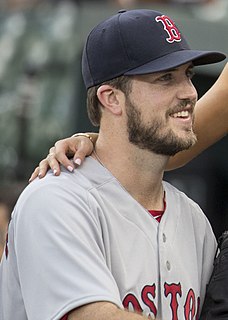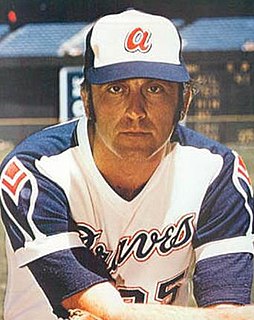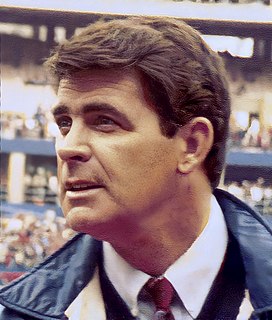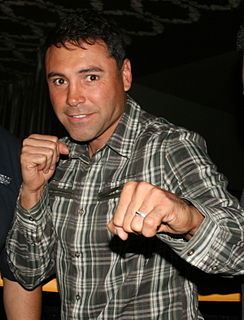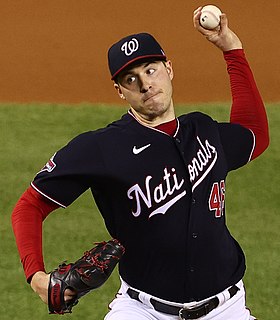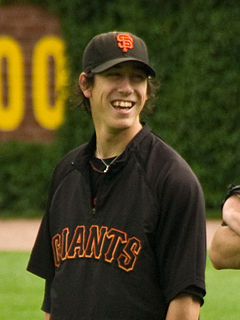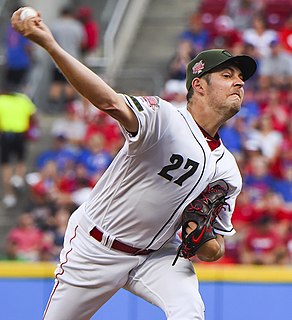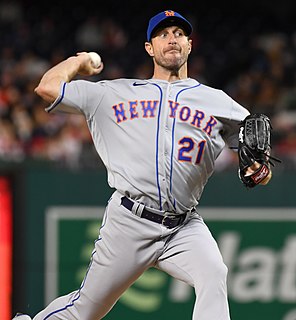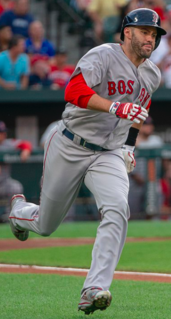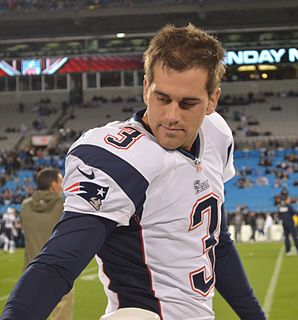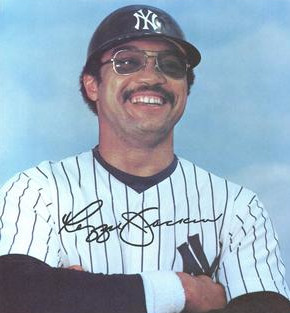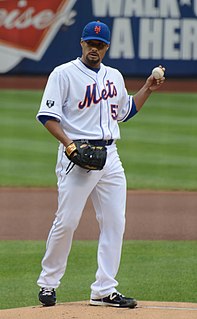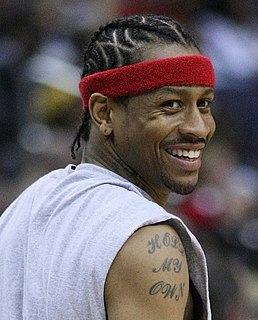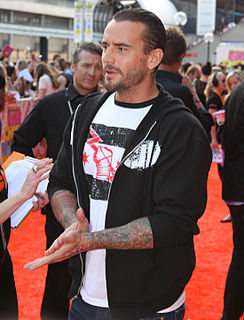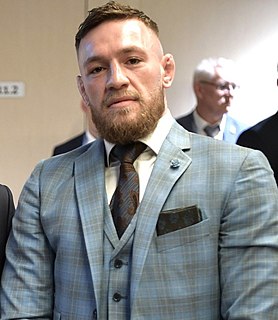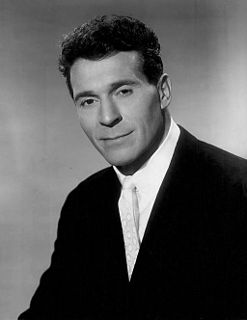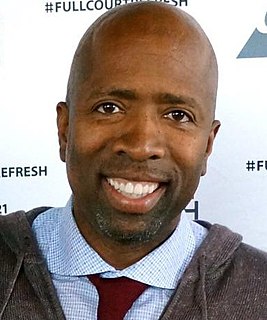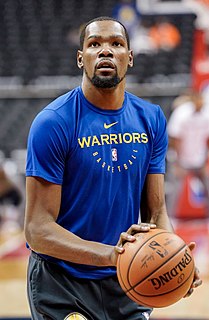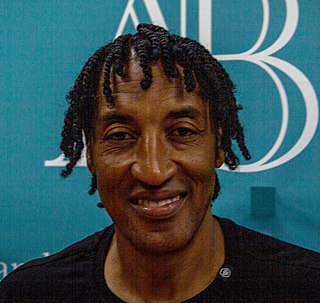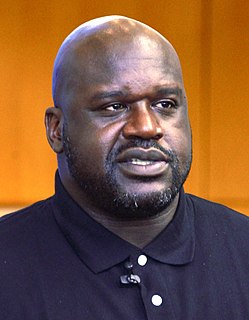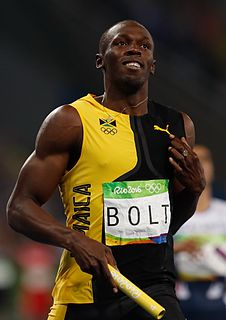A Quote by Drew Pomeranz
I've always been fastball-curveball and really relied on that pitch, and when it goes away, it just totally changes how you attack hitters.
Related Quotes
I threw a lot more curveballs in college and the minor leagues. Up here, they're looking for that pitch. A curveball is more recognizable out of the hand than a fastball or changeup. They're taking them or hitting the mistakes I make with them. I don't want it to be so recognizable. I'll have to work with that because that was my pitch.
If a pitcher goes up there and he's throwing a ball and it's a breaking ball down and away or a fastball up and in, a perfect pitcher's pitch, and you're able to just foul it off and stay alive in the at-bat, just keep grinding, keep working through the at-bat and hoping for that mistake that he's going to make. And if he doesn't, then you walk.
We just kind of relied on written scouting reports through the eighties and even the early nineties. I've really been amazed by some of the data that's out there, especially with regards to tendencies of hitters, and certainly tendencies of pitchers as well. I would have loved to have gotten that data when I played.
